News

Hydrogen Economy Boom Creates $3 Billion Insurance Market Opportunity - Risk & Insurance : Risk & Insurance
Rising demand and unique risks drive need for specialized coverage as hydrogen projects multiply sevenfold, Allianz Commercial reports.
The so-called hydrogen economy is experiencing unprecedented growth with projects increasing sevenfold to more than 1,500 in 2024 compared to 200+ just three years earlier, creating a potential $3 billion global insurance market opportunity by 2030, according to an Allianz Commercial report.
Government strategies and massive investments are fueling rapid expansion across the hydrogen sector, which is viewed as a low-carbon alternative to fossil fuels, helping many industries toward reducing their emissions. Around $75 billion in investments have been committed to clean hydrogen projects, representing a seven-fold increase since 2020. Some 60 governments have now adopted hydrogen strategies, with Europe leading in both project numbers (617) and total investment (around $200 billion).
Hydrogen is classified by color based on the source of the hydrogen, such as:
- Green: Generated using electrolysis powered by renewable electricity.
- Blue: Production is based on fossil fuels but with CO2 emissions captured.
- Gray: Made using fossil fuels with no emissions captured.
- Black: Made using coal.
- White: Naturally occurring hydrogen.
Commentary/Opinion
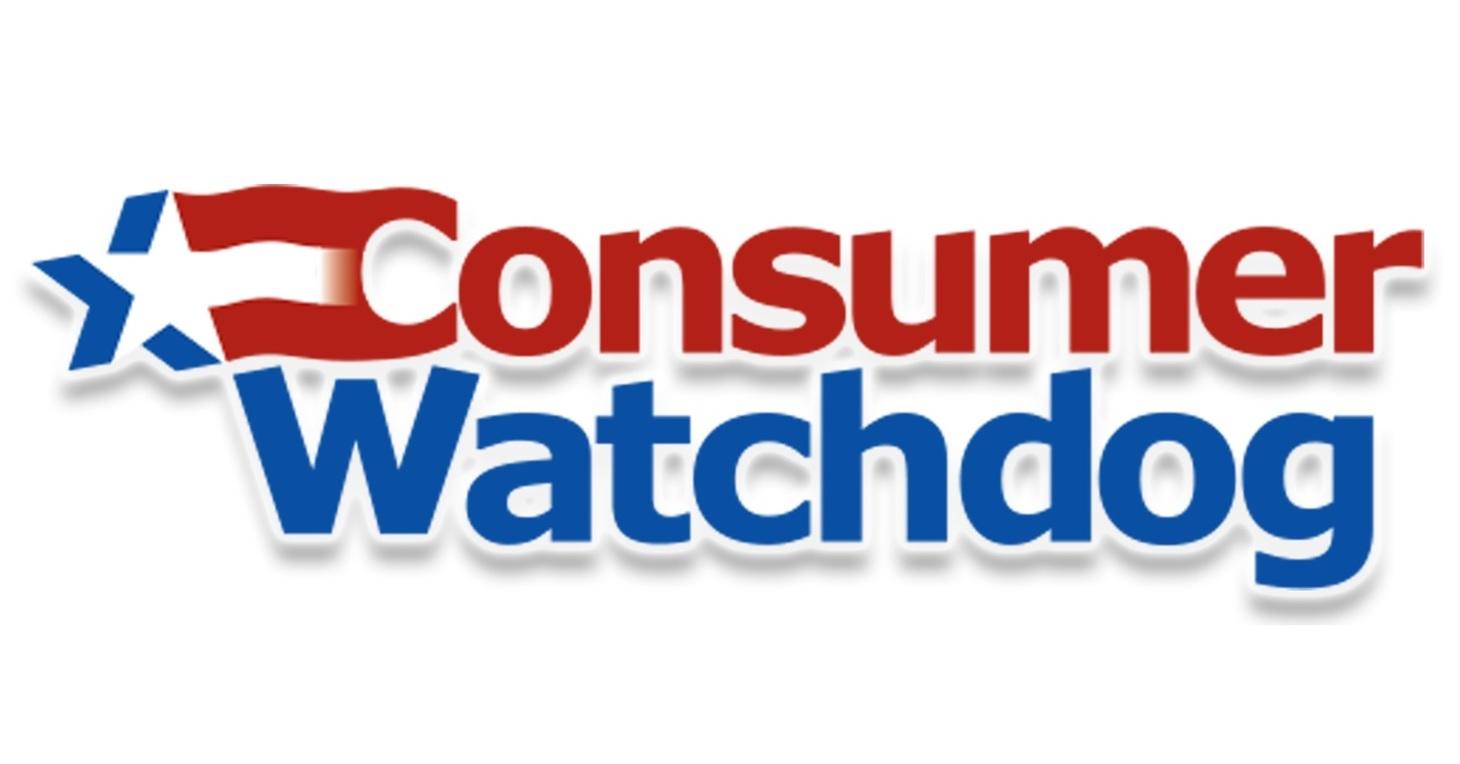
Broken Promise: Rate Hikes Guaranteed, Coverage Expansion Dubious, After Lara's Secretive Model Reviews, says Consumer Watchdog
Insurance Commissioner Ricardo Lara is breaking his promise to Californians by guaranteeing rate hikes without guaranteeing more coverage, said Consumer Watchdog today, following his approval of another black-box wildfire model for use in pricing home insurance.
The confidential closed-door review of a model owned by insurance ratings agency Moody's, and two others over the last week, confirmed that modeling companies will not have to provide regulators or the public access to their models. The models' inner workings remain secret, denying regulators and the public the ability to test the validity of the rate hikes they will now drive.
Secret Models Guarantee Rate Hikes: The Department's review of the Moody's and Verisk wildfire catastrophe models — algorithmic pricing models insurance companies will now be allowed to use to increase rates in future rate filings—was conducted through a secretive, closed-door process known as PRID (Pre-Application Required Information Determination). While Commissioner Lara claims the review was open to the public, PRID lacks the procedural safeguards, transparency, and public access required under Proposition 103.
AI in Insurance
MAPFRE Explores the Future Role of Insurance in an AI-Driven World by 2035 | Insurtech Insights
Central to this vision is the rise of intelligent agents – systems that can perceive their environment, process information, make decisions, and act autonomously. These agents include AI chatbots, virtual assistants, autonomous vehicles, recommendation engines used in platforms like Netflix and Amazon, and smart home devices.
The report outlines four potential future scenarios shaped by varying levels of AI adoption and digital integration. The first, “Where the Wall Stopped Us,” imagines a world where digital progress is limited and AI adoption is weak, resulting in minimal transformation for the insurance sector.
The second, “The Art of Maximising,” envisions widespread use of AI assistants to improve day-to-day efficiency, offering insurers more streamlined operations without a complete industry overhaul.
The third, “The Age of Digital Luxury,” suggests advanced AI is only available to affluent users, creating a digital divide and new regulatory and segmentation challenges for insurers.
The fourth scenario, “Towards Utopia,” presents a more optimistic future in which intelligent agents offer seamless, personalised experiences for all, revolutionising insurance through accessibility and smarter risk management.
InsurTech/M&A/Finance💰/Collaboration
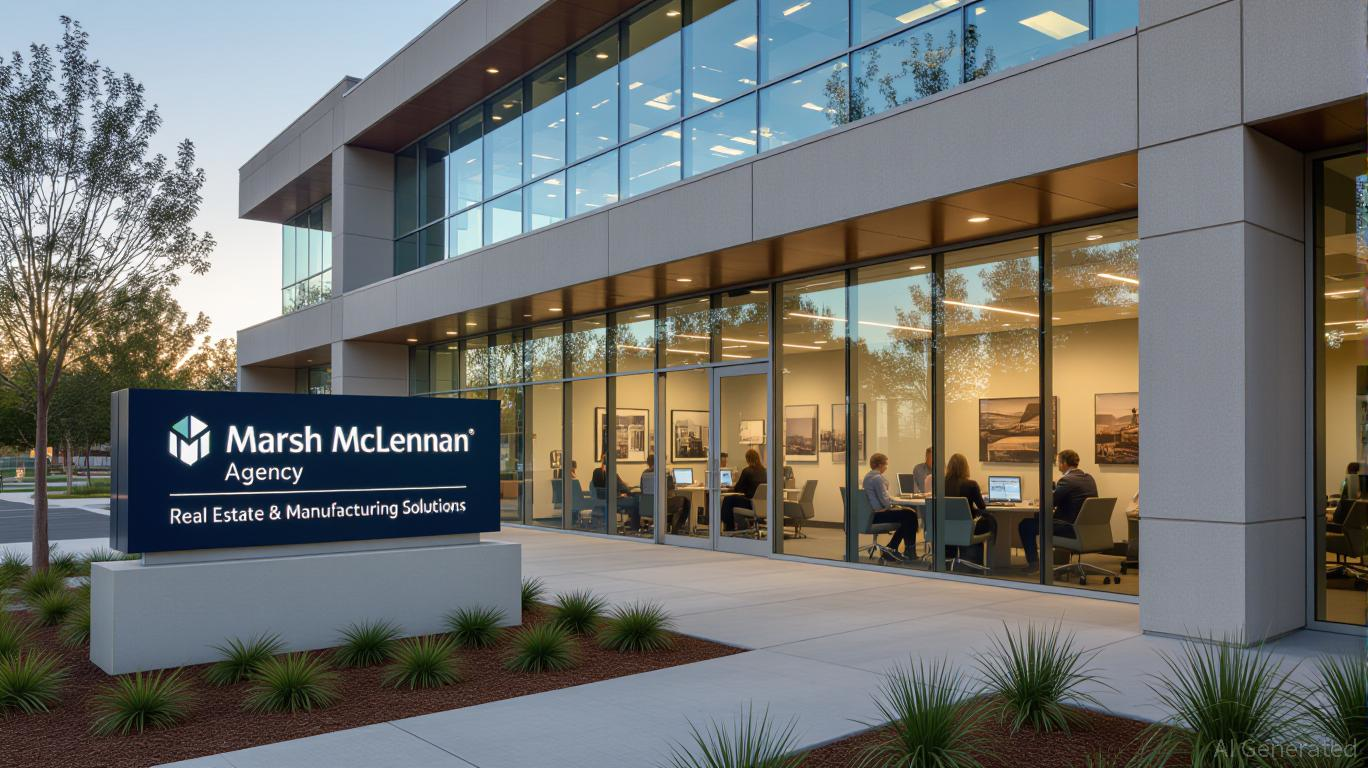
Marsh McLennan's Southern California Gambit: How M&A Is Fueling a New Era of Risk Management and Client-Centric Innovation
AI ("aime") summary:
Marsh McLennan's 2025 acquisition of Olympic Insurance Agency exemplifies its M&A strategy to enhance risk management through localized expertise in Southern California's real estate and manufacturing sectors.
The $7.75B McGriff acquisition and industry trends highlight a shift toward middle-market dominance and ecosystem-based strategies, boosting Marsh's client-centric innovation and revenue potential.
However, $20B in debt and integration challenges pose risks, requiring careful execution to sustain growth and maintain investor confidence amid regulatory scrutiny.
Article: The insurance industry is undergoing a seismic shift, driven by a confluence of technological disruption, climate risks, and evolving client demands. At the center of this transformation is Marsh McLennan (MMC), whose recent acquisition of Olympic Insurance Agency in Southern California offers a microcosm of how mergers and acquisitions (M&A) are reshaping competitive advantage and client-centric innovation. For investors, this move is not just a geographic expansion—it's a strategic recalibration of how risk is managed in an era where specialization and localized insights are becoming table stakes.
This acquisition is part of a broader industry trend. In 2024–2025, Marsh's $7.75 billion purchase of McGriff Insurance Services and Arthur J. Gallagher's $13.5 billion acquisition of AssuredPartners signaled a shift toward middle-market dominance and ecosystem-based strategies. For Marsh, the Olympic deal is a “go deep” strategy in regional markets, where combining local knowledge with global resources creates a virtuous cycle of innovation and client retention.

Brown & Brown's $9.8 Billion Acquisition of Accession: A Strategic Power Move in the Evolving Insurance Brokerage Landscape
Brown & Brown's $9.8 Billion Acquisition of Accession: A Strategic Power Move in the Evolving Insurance Brokerage Landscape
Brown & Brown's $9.8B acquisition of Accession reshapes insurance brokerage through cyber risk and specialty market expansion.
The deal combines Accession's 5,000+ professionals with Brown & Brown's global scale to create a hybrid model targeting high-margin sectors.
Financial terms include $4B equity funding and projected $150M annual synergies by 2028, with mid-teens EPS accretion expected.
The integration aims to challenge industry giants like Aon by offering 24/7 global risk solutions across 15+ specialty segments.
Cultural alignment and talent retention remain critical risks, but the transaction positions Brown & Brown as a strategic leader in tech-enabled risk management.
The insurance brokerage sector is undergoing a seismic shift, driven by the accelerating demand for cyber risk solutions, the fragmentation of the market, and the need for scalable, tech-enabled platforms. At the center of this transformation is Brown & Brown, Inc. (NYSE: BRO), which has just executed a landmark $9.825 billion acquisition of Accession Risk Management Group. This transaction, finalized on August 1, 2025, marks one of the most significant consolidations in the industry's history and signals a bold repositioning of Brown & Brown as a dominant force in specialty insurance and risk management.
Financial Results
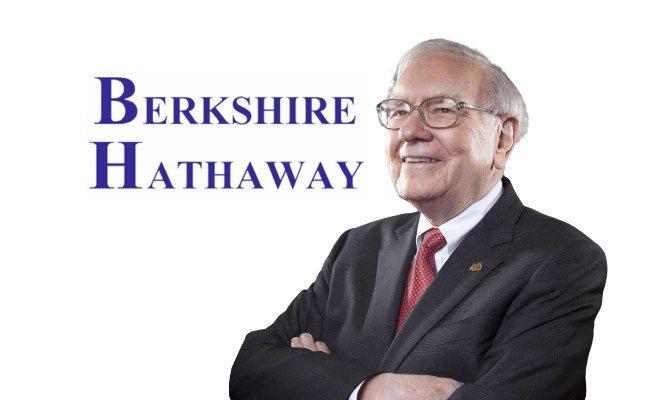
Berkshire Hathaway's re/insurance underwriting earnings strong despite higher losses in H1'25 - Reinsurance News
Berkshire Hathaway, the Warren Buffett-run holding company and conglomerate, has reported net underwriting earnings of $2 billion and $3.3 billion for the second quarter and first half of 2025, respectively, both down on the comparable prior year periods, as the firm’s primary insurance arm felt the impacts from catastrophe events and increased loss estimates for prior accident years’ claims.
Across the Berkshire Hathaway insurance and reinsurance operations, net underwriting earnings fell from $2.3 billion in Q2 2024 and from $4.9 billion in H1 2024, but remain strong despite a first half underwriting loss at Berkshire Hathaway Primary Group.
Group-wide insurance underwriting earnings included after-tax losses of roughly $850 million from the Los Angeles, California wildfires, which occurred in Q1 2025, and impacted both the primary insurance business and Berkshire Hathaway Reinsurance Group’s property and casualty (P&C) business.
Claims

Rethink claims' future: seize value creation opportunities | EY - Global
With claims processes largely digitized at many insurers, the priority is now proactive risk prevention. The deployment of AI bots and agents will better integrate underwriting and claims processes, freeing up staff to focus on high-value tasks.
The business case for ongoing claims transformation rests on improved loss ratios and increased customer satisfaction and trust.
For years – even decades – senior executives in the insurance industry have dreamed of fully digitized claims processes. The desire and business case were clearest relative to straightforward property and casualty (P&C) claims. But all types of carriers saw value in streamlining claims workflows. The thinking was that costs would fall, and customer satisfaction and loyalty would rise if only carriers could automatically capture the necessary data, automate all the process steps and accelerate payouts. For a significant number of insurers, that vision is now close to becoming an everyday operational reality, at least for routine claims.
Now that most carriers have reduced the cost of claims and shortened timelines, it’s worth assessing whether the future of claims has truly arrived as well as considering what’s over the horizon. With more powerful technology – including multiple forms of artificial intelligence (AI) – readily available and increasingly affordable, the question is, where will claims go next? MORE
Taking Back Negotiation: Why Claim Professionals Must Lead the Next Chapter
In the rapidly shifting landscape of property/casualty insurance claims, negotiation stands at the pivotal moment for improved settlement outcomes, client satisfaction, and bottom-line carrier health. In 98-99 of every 100 litigated files, the carrier’s financial outcome will be established through negotiation.
Executive Summary
"More frequently than not, claim professionals have the purse strings but counsel does the talking."
That's how Suite 200 Solutions Founder Taylor Smith summarizes a recent survey finding that defense counsel now convey settlement offers more frequently than carrier claim professionals.
Here, Smith reviews several highlights of the survey of senior claim and litigation executives conducted by Suite 200 Solutions, an advisory firm for P/C claims and litigation management professionals. He also advances the view that claim professionals should reclaim negotiation as a core competency and offers a how-to guide for carriers to follow to strengthen underused negotiation muscles.FULL ARTICLE
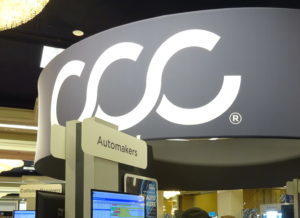
CCC expects AI-based estimating tool use by shops to grow in popularity | Repairer Driven News
CCC Intelligent Solutions reported a “strong” Q2 on Thursday and provided some details on the rollout of its AI products.
Total revenue for Q2 was $260 million, up 12% year-over-year (YoY), which exceeded the company’s guidance range. Adjusted EBITDA was $108 million, also ahead of the guidance range.
“In Q2, several top 10 insurers contracted for multiple AI-enabled auto physical damage, or APD, solutions that extend our photo AI capabilities beyond estimating to include earlier stages of claim handling, as well as later stages, such as audit and review,” said Gitesh Ramamurthy, CCC’s chairman and CEO, during the Q2 earnings call.
“These solutions have, for example, cut the time to identify a total loss in half, resulting in millions of dollars of annual impact with the potential to improve that time and impact even further. This is a win-win-win. Insurers avoid unnecessary fees, repair facilities free a place for their repairable vehicles, and consumers get faster and more satisfying claims resolution.”
He added that CCC is also seeing AI streamline the back-and-forth between insurers and repair facilities over supplements.
“Over 60% of estimates now have a supplement, or in many cases, multiple supplements,” Ramamurthy said. “This is a byproduct of the growing complexity in our industry. This is a major pain point for both insurers and repairs. Our AI-based solution can help expedite this process, and in some cases, auto-approve these changes for an insurer’s guidelines, significantly reducing cycle time and manual effort.”
Moving forward, Ramamurthy said he thinks visual AI-based estimating tools will be used more, based on a leading MSO using Mobile Jumpstart to prepare over 95% of their estimates.
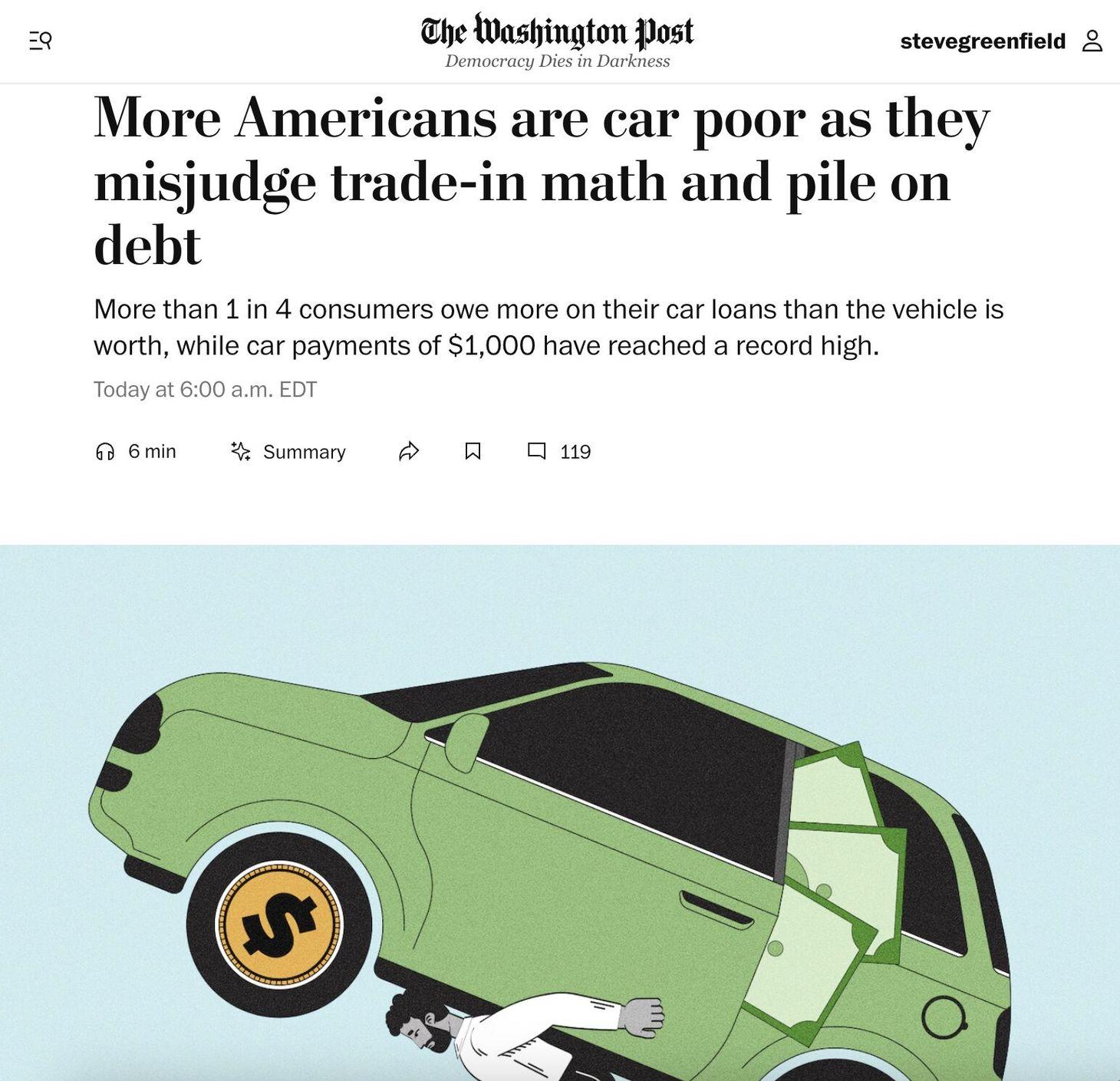
Underwater car loans hit a record in troubling trade-in trend. - The Washington Post
[Ed. Note: This is a highly concerning trend for insurers and policyholders during a total loss claim]
This week, Edmunds, a car-shopping website, reported that an increasing number of consumers with auto loans had negative equity, meaning they owe more on their vehicle than it’s worth — a lot more.
-The data showed that 26.6 percent of trade-ins applied toward a new-vehicle purchase had negative equity, a four-year high. The average amount of these “upside-down loans” was $6,754 in the second quarter of the year, according to Edmunds — up from $6,255 in the same quarter a year ago. Even more alarming is that 23.4 percent of these drivers owed more than $10,000, and 7.7 percent more than $15,000.
The story behind these numbers is that borrowers who lack the cash to pay off their previous loan often roll that negative equity into the new one.
Today
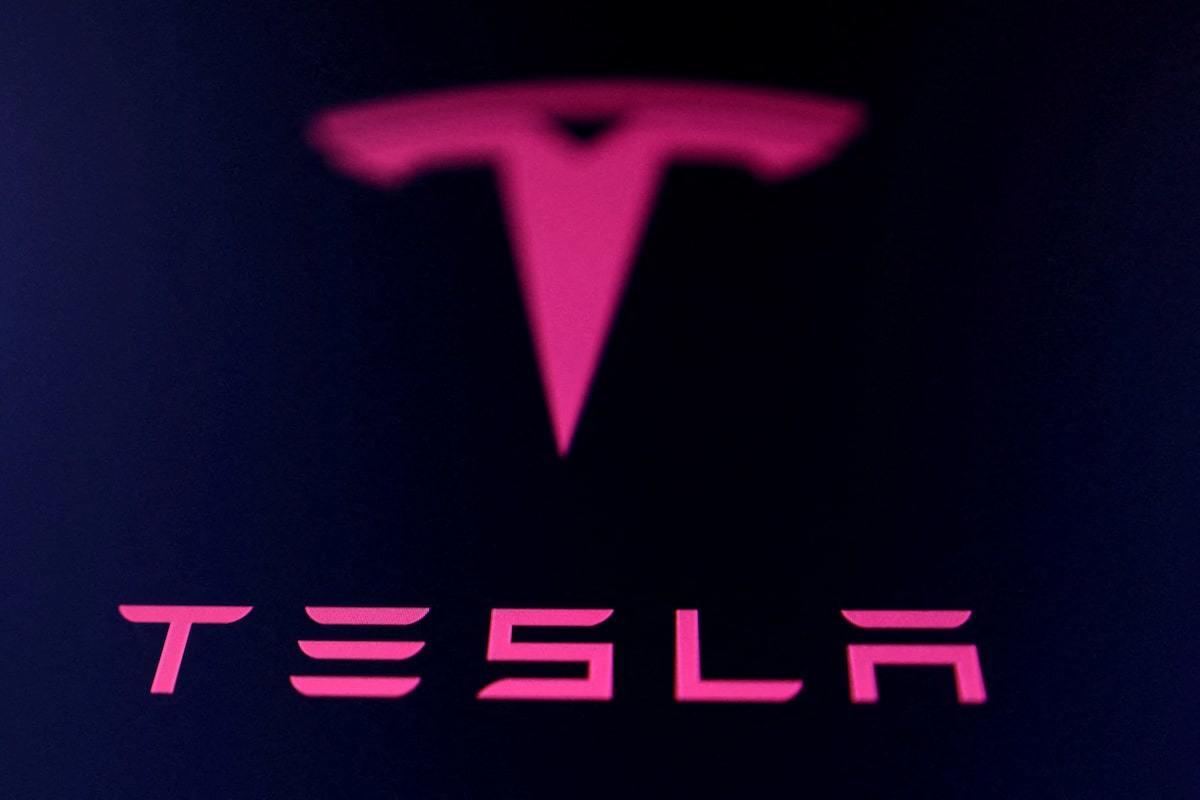
Tesla ordered by Florida jury to pay $243 million in fatal Autopilot crash
[Ed.note: This case places changing driver liability and product liability with driver assist features in focus notwithstanding the enormous punitive award - appeals forthcoming. Underwriting autonomous and ADAS features may be at a turning point]
A Florida jury on Friday found Tesla (TSLA.O), opens new tab liable to pay $243 million to victims of a 2019 fatal crash of an Autopilot-equipped Model S, a verdict that could encourage more legal action against Elon Musk's electric vehicle company.
The verdict is a rare win for victims of accidents involving Autopilot. Musk has been pushing to rapidly expand Tesla's recently launched robotaxi business based on an advanced version of its driver assistance software.
Tesla shares fell 1.8% on Friday, and are down 25% this year.
Jurors in Miami federal court awarded the estate of Naibel Benavides Leon, as well as her former boyfriend Dillon Angulo, $129 million in compensatory damages plus $200 million in punitive damages, according to a verdict sheet. Tesla was held liable for 33% of the compensatory damages, or $42.6 million.
Jurors found the driver George McGee liable for 67%, but he was not a defendant and will not have to pay his share.
"Tesla designed Autopilot only for controlled-access highways yet deliberately chose not to restrict drivers from using it elsewhere, alongside Elon Musk telling the world Autopilot drove better than humans," Brett Schreiber, a lawyer for the plaintiffs, said in a statement.
Podcast Sponsor

Audio Version - 'Connected: The Podcast' --- Sponsored by Pulse Podcasts
The ‘Connected’ Podcast by Alan Demers and Stephen Applebaum, is a condensed audio version of the day's ‘Connected' newsletter, a daily scan of all the happenings in the world of Insurance & InsurTech News.
Pulse Podcasts: Introduce a new way for your audience to hear your voice! We are a podcast creation service that helps businesses turn their written content, like blog posts and news articles, into beautiful podcasts. Our platform writes the script, records the voices, and mixes the audio to create engaging content for your audience. It's affordable and has super-fast turnaround!
LISTEN AND SUBSCRIBE BELOW
